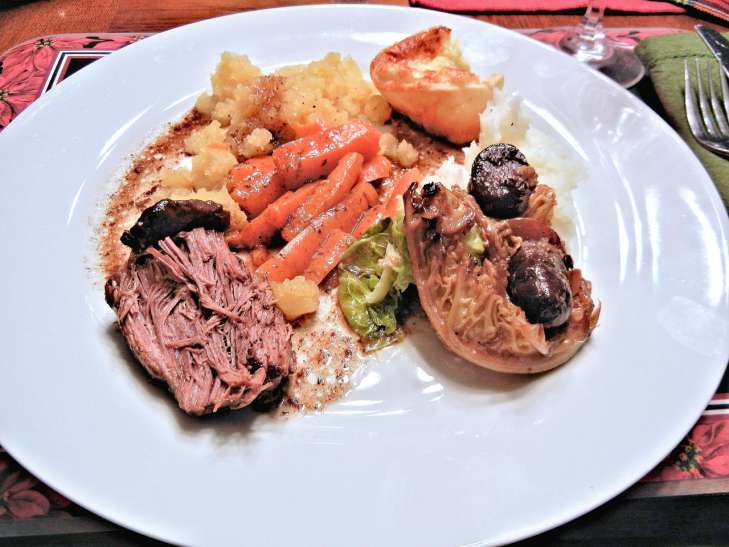Rutabaga is a hybrid of turnip and cabbage. It is shaped like a beet, but with light lilac skin on top and white skin below.
The pulp is slightly bitter and tastes like turnips. Rutabaga is consumed raw, added to salads, or boiled and steamed.
What are the benefits of rutabaga
The vegetable is a good helper in the functioning of the gastrointestinal tract - fiber cleanses the intestines, helps normalize stools and reduce swelling, that is, it has a diuretic effect.
Finally, rutabaga has a mucolytic effect - the ability to thin sputum, which is so important during the flu and ARVI season.
Rutabaga juice is used for coughs and as an expectorant; for pneumonia, bronchial asthma, iron deficiency anemia.

Rutabaga helps very well with chronic respiratory diseases: tracheobronchitis or bronchopneumonia, as well as with acute colds and viral infections.
What's the best way to eat rutabaga
Rutabaga is eaten fresh and added to hot dishes. It makes excellent fresh salads, okroshka, and vegetable stew.
It can be fried breaded like zucchini, made into cutlets and filling for pies, baked and dried. Rutabaga contains a significant amount of mustard oil.
Can you eat rutabaga raw
It will be easier to cut if you separate the small bottom part of the rutabaga and place the main part on a flat surface for stability.
The prepared product can be eaten raw, fried or boiled.
Boiled vegetables are perfect for a side dish in the form of puree.
The fruits are eaten fresh, stewed, fried, boiled.
Young tops are added to soups and salads and used as a seasoning.
We previously talked about what umami is.









